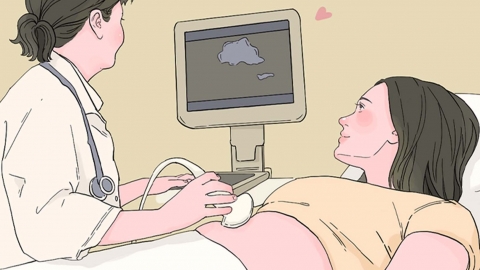What physical examination findings are associated with cholecystitis?
Physical examination for cholecystitis generally includes abdominal inspection, abdominal palpation, Murphy's sign test, abdominal percussion, and abdominal auscultation. The details are as follows:

1. Abdominal Inspection: The physician observes the abdominal contour and skin. In acute cholecystitis, mild distension in the right upper quadrant may be present in some patients; in severe cases such as gallbladder perforation, tender erythematous patches may appear on the abdominal skin, and any abnormal signs should be carefully noted.
2. Abdominal Palpation: The physician examines the abdomen for tenderness, rebound tenderness, and muscle rigidity. Patients with cholecystitis often exhibit marked tenderness in the right upper quadrant over the gallbladder area, with local muscle rigidity during acute episodes. When gallbladder enlargement is significant, a firm, tender gallbladder may be palpable in some individuals.
3. Murphy's Sign Test: A characteristic test for diagnosing cholecystitis. The examiner places the left hand along the patient’s right costal margin, with the thumb pressing on the gallbladder point. As the patient takes a slow, deep breath, a sudden stop in inspiration due to pain indicates a positive Murphy's sign, suggesting gallbladder inflammation.
4. Abdominal Percussion: Percussion is used to assess for tenderness and presence of intra-abdominal fluid. In cholecystitis, dullness and tenderness on percussion are commonly found over the gallbladder area in the right upper quadrant. If ascites is present, shifting dullness may be positive, and further evaluation is needed to determine the clinical picture.
5. Abdominal Auscultation: The physician listens to bowel sounds using a stethoscope. In acute cholecystitis, inflammatory irritation can impair gastrointestinal motility, leading to decreased bowel sounds. If inflammation spreads and causes diffuse peritonitis, bowel sounds may become markedly diminished or even absent.
During the examination, patients should remain relaxed and follow instructions regarding body position and breathing. Once diagnosed, timely treatment is essential to prevent worsening of the condition. If findings are inconclusive, additional tests such as ultrasound should be performed to clarify the underlying cause before initiating management.







